Biodiversity
Van Vihar Biodiversity Reserve and Conservation Park
Van Vihar
A 120-acre biodiversity reserve and conservation park on campus
In 2000, MUWCI’s campus had only one solitary mango tree, while the rest of the land was covered with grass and shrubs. Today, with the efforts of staff, faculty, and students who have planted over 10,000 trees, the campus is cloaked in greenery and is home to diverse flora and fauna on its 175 acres.
MUWCI is located in the Sahyadri Hills (Western Ghats), overlooking the Mulshi and Kolvan valleys. In 2012, UNESCO declared the Sahyadris Hills a biodiversity hotspot and world heritage site. It is recognised as one of the world’s eight “hottest hotspots” of biological diversity, with more than 325 globally threatened species, some of which can be found on our campus.
In 2006, we launched the Van Vihar Biodiversity Park & Reserve to protect the ecosystems on campus and ensure that our college community and the surrounding wilderness coexist harmoniously. The biodiversity park covers approximately 85% of our campus and includes walking trails through reforested habitats, medicinal plant gardens, water bodies and landscaped green areas.
The Van Vihar Biodiversity Park & Reserve serves as a focus for reforestation and soil conservation efforts in the area. In addition, tree planting campaigns, watershed restoration projects, and fire risk mitigation (by our student-run Fire & Rescue Service) help restore and protect our ecosystems and provide employment opportunities for local residents.
In 2012, UNESCO accepted the Sahyadris as a world heritage site. It is recognised as one of the world’s eight “hottest hotspots” of biological diversity with ~1800 endemic species. Several of these species can be found on our campus.
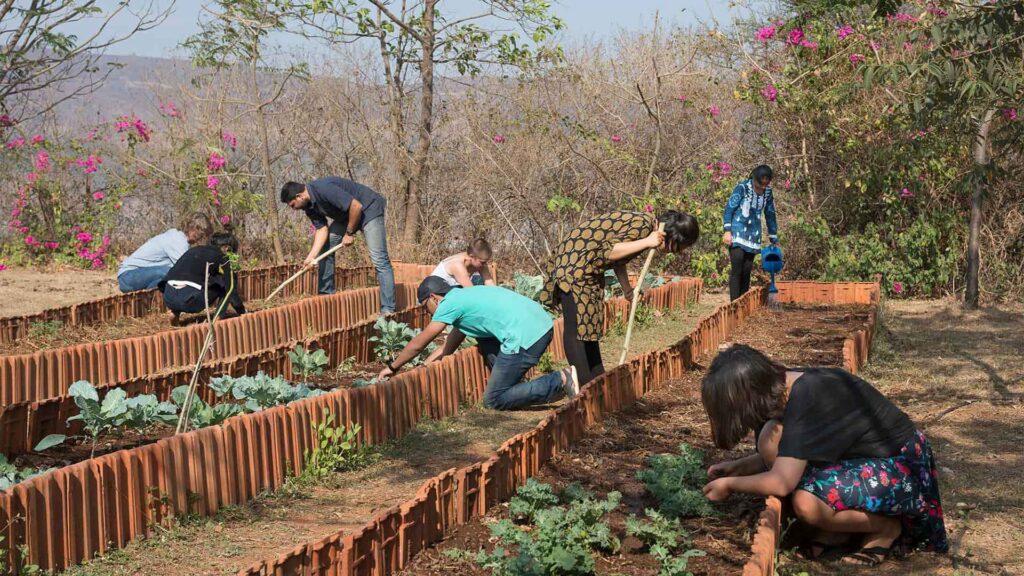
An on-campus organic farm helps students learn first-hand about sustainable food production and management.
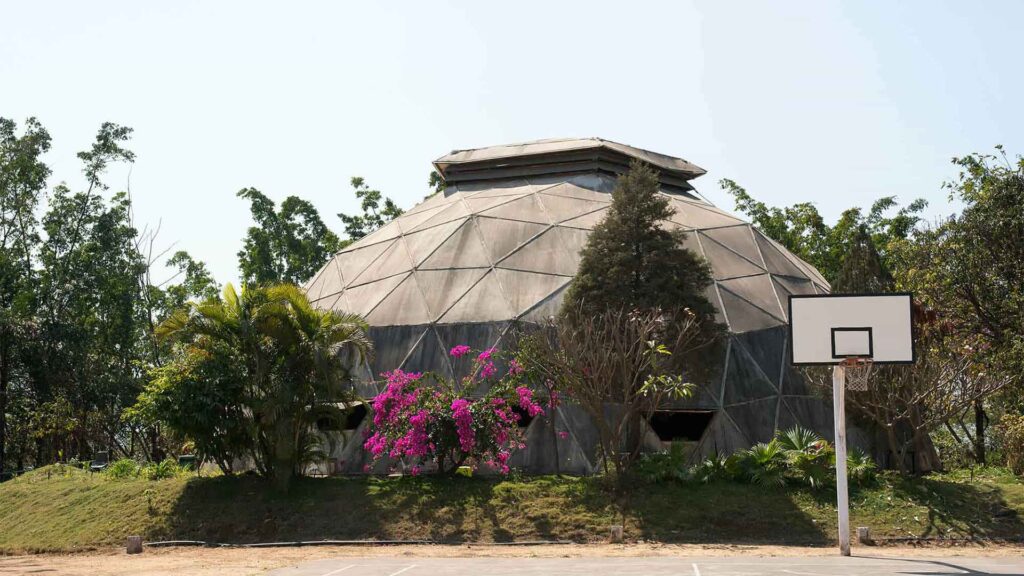
Biodome - Inspired by the Buckminster Fuller geodesic design.
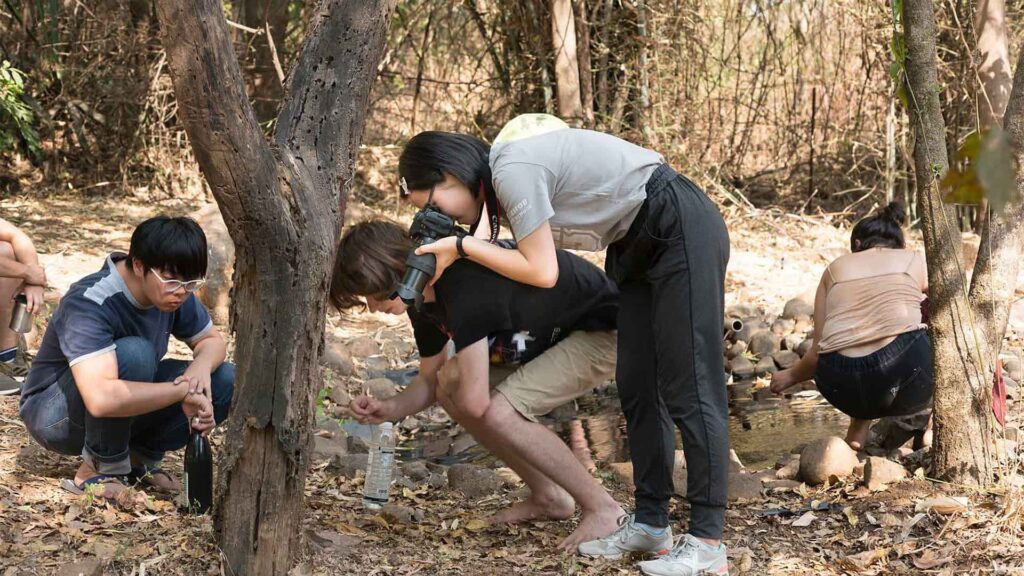
Students document and take samples of plants to learn more about the campus’ biodiversity.
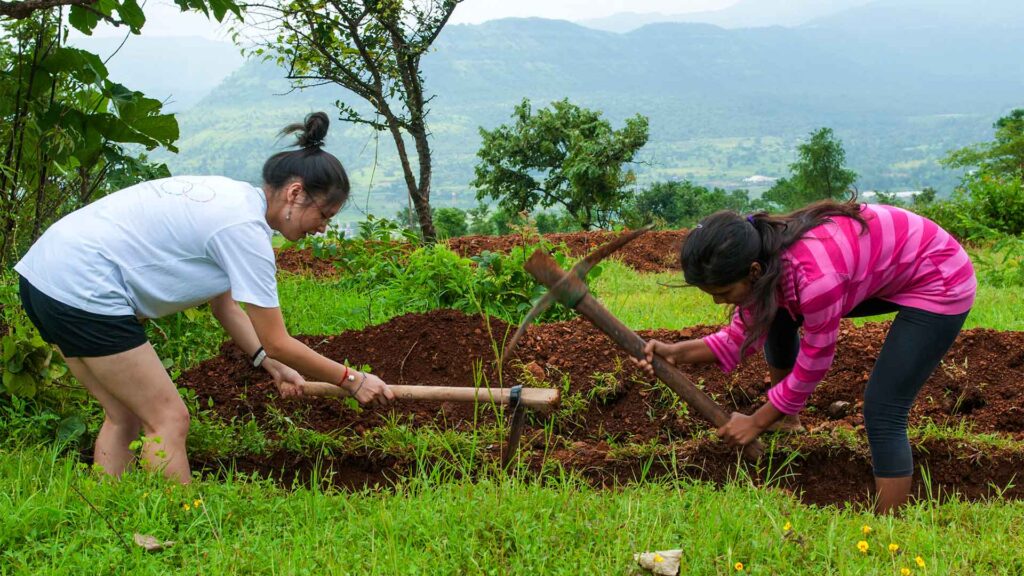
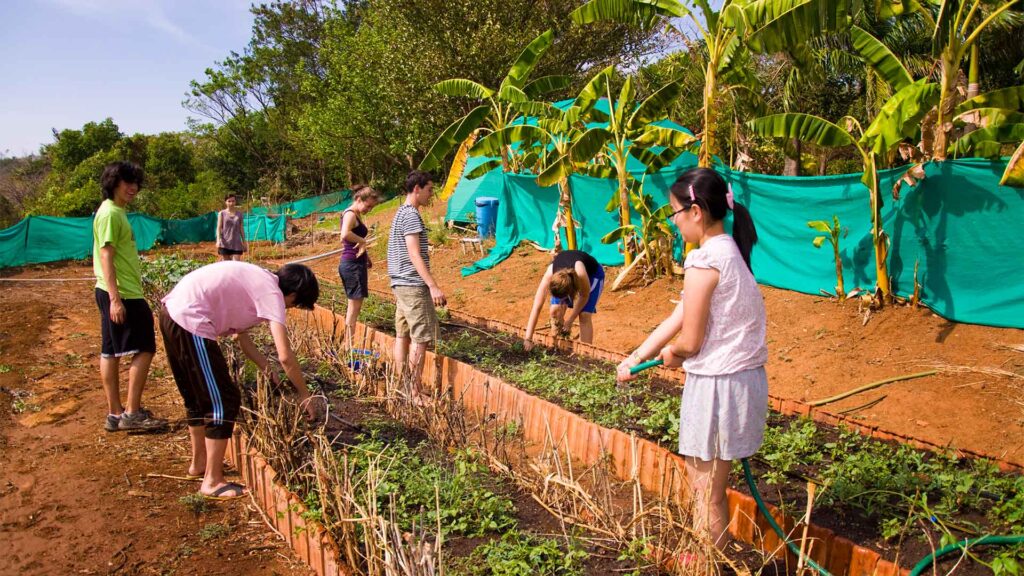
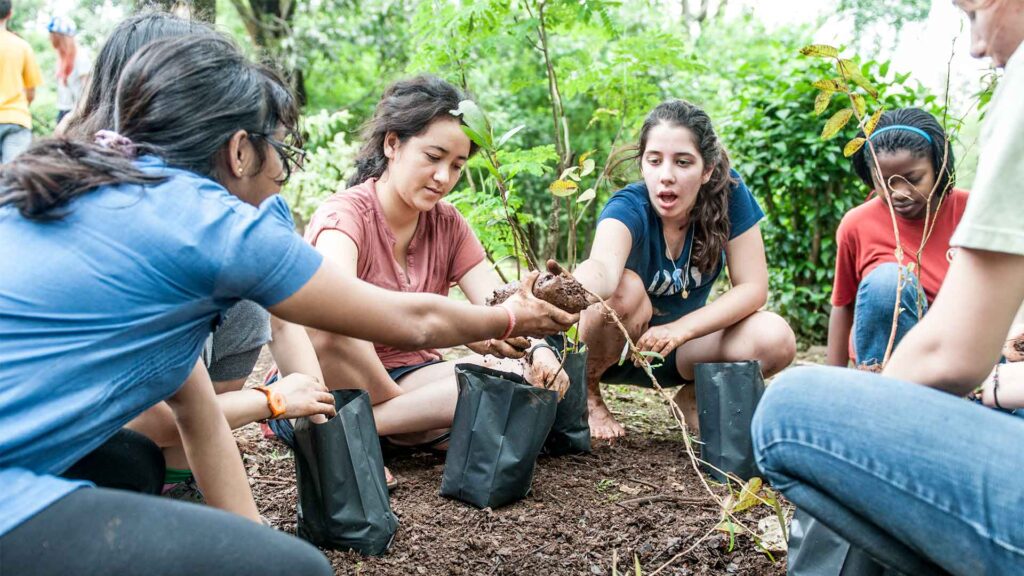
In 1998, we baked under the hot sun with a single mango tree on the campus plateau to provide shade. We had to go to Pune to keep cool and down to the river to see birds. Now one can wake up each morning to their twitters, see peacocks as you sip your morning tea, and once in a while a barking deer will walk by. People who call MUWCI home are truly privileged!
Stories
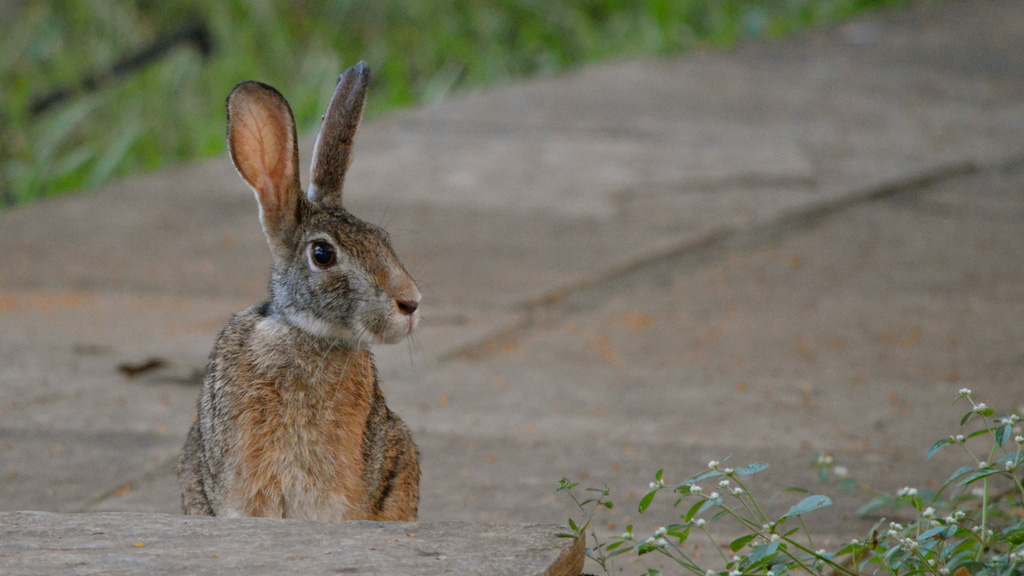
Environmental Sustainability: Missing Pieces of the Puzzle
Campus biodiversity
At a glance
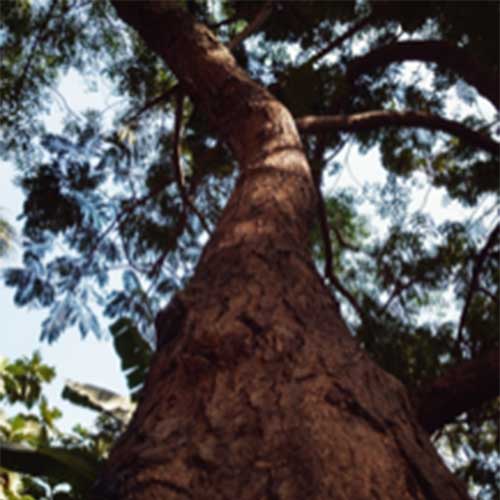
400+ Species of plants & trees in Biodiversity Reserve
Including majestic sub-tropical trees such as Mangifera indica, Ficus benghalensis, Terminalia arjuna, Pongamia pinnata, etc. and several rare medicinal plants, creepers and shrubs.
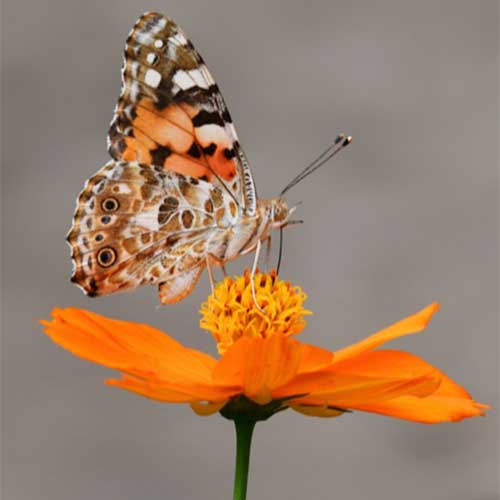
65 Butterfly & Moth Species
Including Atlas moth, Moon moth, Silk moths, Emperor moths, and Owl Moths and several species of spectacular insects and arachnids.
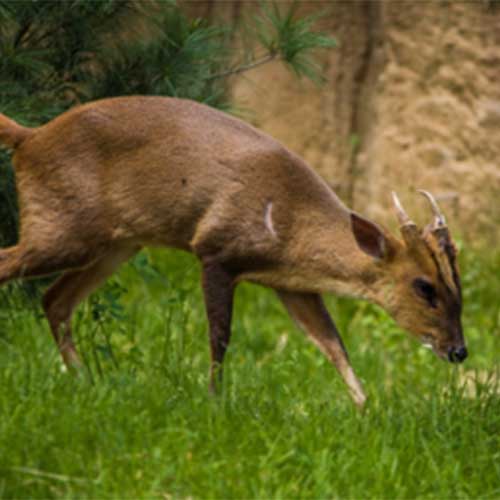
30 Mammal Species
Including the critically endangered Indian Pangolin, nocturnal animals such as the Palm Civet and Porcupine, three species of deer including Mouse Deer, Barking Deer, and Four-horned Deer.
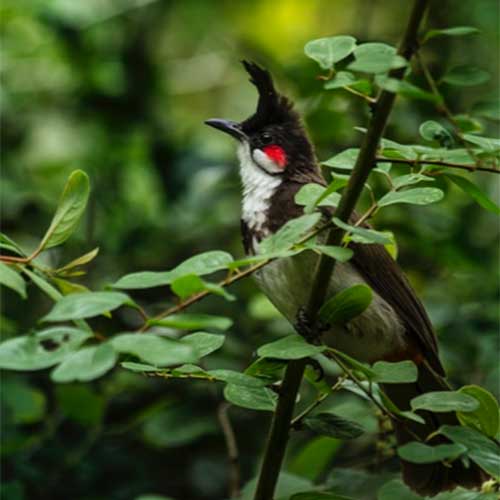
90 Bird Species
Including the Crested Serpent Eagle, Oriental Honey Buzzard, Paradise Flycatcher, etc
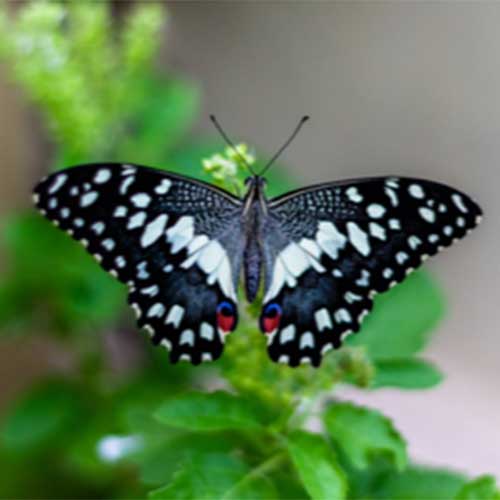
30 Amphibians & Reptile Species
Including the Balloon Frog, Bush Frog, Fungoid Frog, and snakes which includes the Indian Spectacled Cobra, Common Krait, Bronzeback Tree Snake, Rat Snake, Green Vine snake
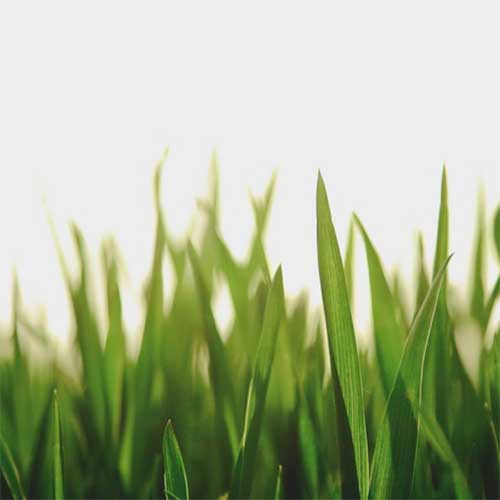
30+ Species Aromatic plants across campus
Including Citronella grass, Rosha, Galangal, Cinnamomum, and Peppermint
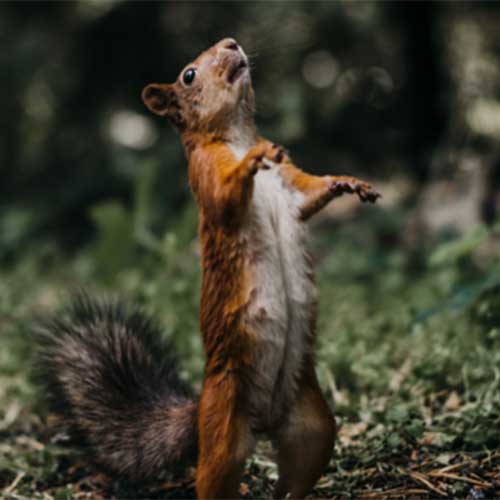
2 Water Holes for Wildlife
Our students have made two waterholes for wildlife, where we often install camera traps to monitor the biodiversity
